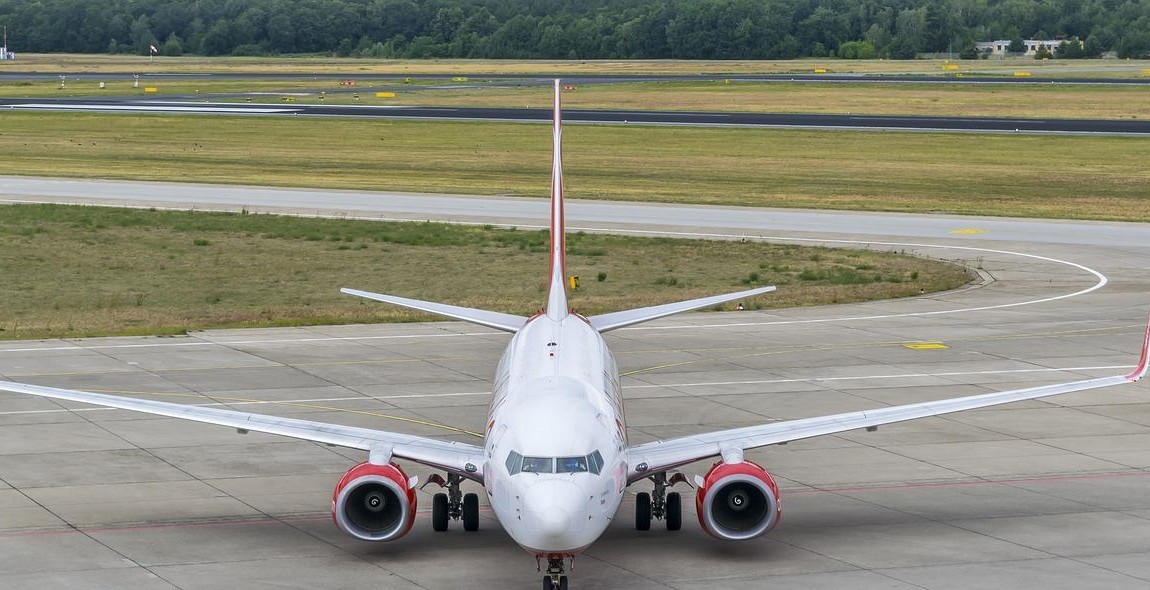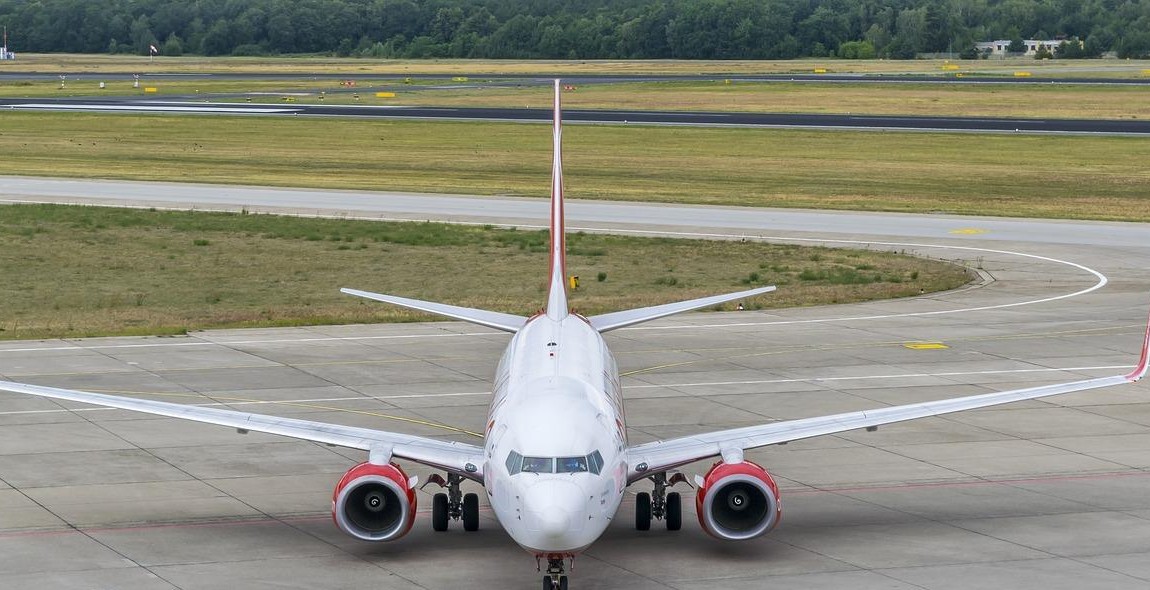How to Calculate Groundspeed: Techniques for Determining the Actual Speed Over the Ground
As a seasoned pilot, I know the importance of calculating groundspeed accurately. Groundspeed is the actual speed of an aircraft relative to the ground, and it’s an essential parameter for pilots to determine the estimated time of arrival and fuel consumption.
Calculating groundspeed may seem like a daunting task, especially for new pilots. However, it’s a fundamental skill that every pilot must master. In this article, I’ll share with you some techniques for calculating groundspeed that I’ve learned over the years.
Why Is Groundspeed Important?
Groundspeed is a crucial parameter for pilots because it impacts flight planning, fuel consumption, and estimated time of arrival. By knowing the groundspeed, pilots can estimate the time it will take to reach their destination and the amount of fuel they need to carry.
Groundspeed is affected by various factors such as wind speed and direction, altitude, and aircraft weight. Therefore, it’s essential to calculate groundspeed accurately to ensure a safe and efficient flight.
Techniques for Calculating Groundspeed
There are several techniques for calculating groundspeed, including:
- Using an E6B flight computer
- Using GPS
- Using the time-speed-distance formula
In this article, I’ll explain each of these techniques in detail and provide step-by-step instructions on how to use them.

What is Groundspeed?
Groundspeed refers to the actual speed of an aircraft over the ground. It is the speed at which an aircraft is moving over the surface of the earth, taking into account the effects of wind and other atmospheric conditions. Groundspeed is usually measured in knots or miles per hour (mph).
Groundspeed is different from airspeed, which is the speed at which an aircraft is moving through the air. Airspeed is measured using an airspeed indicator and is affected by factors such as altitude, air density, and temperature.
Why is Groundspeed Important?
Groundspeed is an essential parameter for pilots to determine their progress and arrival time during a flight. It is particularly important when flying in areas with strong winds or when navigating through complex terrain.
Knowing the groundspeed allows pilots to calculate their estimated time of arrival (ETA) at their destination accurately. This information is crucial for flight planning, fuel management, and overall flight safety.
Groundspeed also plays a significant role in aviation navigation systems such as GPS. GPS calculates the groundspeed of an aircraft by measuring its position and velocity relative to the earth’s surface. This information is then used to determine the aircraft’s location accurately and guide it along its flight path.
Overall, groundspeed is a critical parameter in aviation and is used to ensure safe and efficient flight operations. Pilots must have a thorough understanding of groundspeed and its importance to make informed decisions during their flights.

Calculating Groundspeed Using Basic Math
Method 1: Using Distance and Time
One of the most basic methods for calculating groundspeed is by using distance and time. This method involves measuring the distance traveled and the time it took to cover that distance. The formula for calculating groundspeed using this method is:
| Groundspeed = | Distance | ÷ | Time |
For example, if you traveled a distance of 100 miles in 2 hours, your groundspeed would be:
| Groundspeed = | 100 miles | ÷ | 2 hours | = | 50 mph |
This method is simple and straightforward, but it does not take into account any wind or other factors that may affect your groundspeed.
Method 2: Using True Airspeed and Wind Speed
A more accurate method for calculating groundspeed takes into account the true airspeed of the aircraft and the wind speed. This method involves calculating the component of the wind that is blowing against the aircraft and subtracting it from the true airspeed. The formula for calculating groundspeed using this method is:
| Groundspeed = | True Airspeed | – | Component of Wind |
The component of wind can be calculated using the following formula:
| Component of Wind = | Wind Speed | x | cos(Wind Direction – Heading) |
Where Wind Direction is the direction the wind is coming from and Heading is the direction the aircraft is traveling.
For example, if your true airspeed is 100 knots and the wind speed is 10 knots coming from 30 degrees to the left of your heading, your groundspeed would be:
| Component of Wind = | 10 knots | x | cos(30 – 0) | = | 8.66 knots |
| Groundspeed = | 100 knots | – | 8.66 knots | = | 91.34 knots |
This method takes into account the wind and provides a more accurate calculation of groundspeed.
Using an E6B Flight Computer to Calculate Groundspeed
If you’re a pilot, you know that calculating groundspeed is an essential skill for successful navigation and flight planning. One tool that can help you with this task is an E6B flight computer.
What is an E6B Flight Computer?
An E6B flight computer, also known as a circular slide rule, is a manual flight computer that has been used by pilots for decades. It consists of two rotating circular discs that are connected in the center. One disc has scales for airspeed, temperature, altitude, and pressure, while the other disc has scales for time, distance, and fuel consumption.
Step-by-Step Guide to Using an E6B Flight Computer to Calculate Groundspeed
Here’s how you can use an E6B flight computer to calculate groundspeed:
- Set the wind direction and speed on the outer scale of the disc.
- Align the true airspeed on the inner scale with the wind direction and speed on the outer scale.
- Read the groundspeed on the inner scale.
Alternatively, you can use the following steps:
- Set the true airspeed on the inner scale of the disc.
- Align the wind direction and speed on the outer scale with the true airspeed on the inner scale.
- Read the groundspeed on the inner scale.
It is important to note that an E6B flight computer can only provide an estimate of groundspeed, as it does not take into account variations in wind speed and direction at different altitudes.
| Advantages | Disadvantages |
|---|---|
| Does not require batteries or electrical power | Can be difficult to use in turbulent conditions or with gloves on |
| Reliable and accurate for basic flight calculations | May not be as precise as electronic flight computers |
| Easy to carry and use in the cockpit | May take longer to perform complex calculations |
Despite its limitations, an E6B flight computer is a valuable tool for pilots who want to improve their navigation skills and supplement their electronic flight computers. With practice, using an E6B flight computer to calculate groundspeed can become second nature.

Factors Affecting Groundspeed
Groundspeed is the actual speed at which an aircraft is moving over the ground. It is affected by various factors, including:
Wind Direction and Speed
Wind direction and speed have a significant effect on an aircraft’s groundspeed. If the wind is blowing in the same direction as the aircraft’s flight path, it will increase the groundspeed. On the other hand, if the wind is blowing in the opposite direction, it will decrease the groundspeed. A headwind will reduce the groundspeed, while a tailwind will increase it. Pilots must take wind direction and speed into account when calculating their groundspeed to determine the actual time of arrival at their destination.
Aircraft Weight and Performance
The weight of an aircraft also affects its groundspeed. A heavier aircraft will have a slower groundspeed than a lighter one. The performance of the aircraft, including its engine power and efficiency, also affects groundspeed. An aircraft with a more powerful engine will have a higher groundspeed than one with a less powerful engine.
Altitude and Air Density
The altitude at which an aircraft is flying and the air density also affect its groundspeed. As altitude increases, air density decreases, and this can affect the aircraft’s engine performance. A decrease in air density means the engine has to work harder to maintain the same speed, which can reduce the groundspeed. Pilots must consider the altitude and air density when calculating their groundspeed.
| Factor | Effect on Groundspeed |
|---|---|
| Wind Direction and Speed | Can increase or decrease groundspeed |
| Aircraft Weight and Performance | Heavier aircraft and less powerful engines can decrease groundspeed |
| Altitude and Air Density | Decreased air density at higher altitudes can decrease groundspeed |

Conclusion
Calculating groundspeed is an important skill for pilots and anyone interested in tracking their speed over the ground. There are various techniques to determine groundspeed, including using GPS, airspeed indicators, and visual references. However, it’s important to note that groundspeed can be affected by various factors, such as wind speed and direction, altitude, and temperature.
By understanding the factors that can affect groundspeed and using the appropriate techniques, pilots can accurately determine their actual speed over the ground. This information can be crucial for flight planning, fuel management, and overall safety.
It’s important to practice and master these techniques to ensure accurate and reliable groundspeed calculations. Additionally, staying up-to-date with the latest technology, such as GPS and other navigation tools, can also help improve groundspeed calculations.
In conclusion, calculating groundspeed is a vital skill for pilots and anyone interested in tracking their speed over the ground. By using the appropriate techniques and staying aware of the factors that can affect groundspeed, accurate and reliable groundspeed calculations can be made, leading to safer and more efficient flights.
